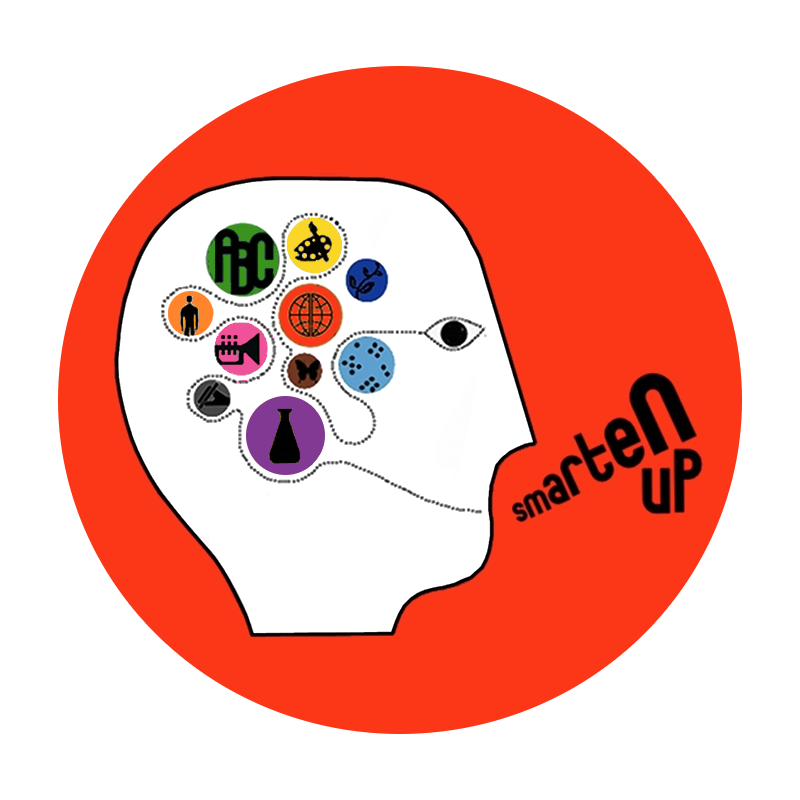Summer travel offers more than just relaxation—it’s a natural classroom filled with hands-on learning and growth opportunities. Whether you're taking a long vacation or staying close to home, travel can deepen your child’s understanding of the world and spark lasting curiosity. Summer road trips with family were a highlight of my childhood, and I still remember many of the unique sites and oddball museums we visited along the way.
Here are five ways to make travel educational and enriching for all ages:
1. Let Kids Help Plan
Involve your child in mapping out the trip—from choosing destinations to figuring out logistics like accommodations, activities, and budgeting. This gives them a sense of ownership and responsibility while introducing them to critical life skills.
For high schoolers, go deeper: have them research transportation options, compare costs, or use travel apps to create an itinerary. You can even turn this into a mini project: ask them to pitch their “ideal day” in a city you’ll visit, explaining why they chose certain stops. It builds persuasive thinking and planning skills—useful for college and beyond.
2. Turn Destinations into Discovery Zones
Every location has layers of history, culture, and science. Take time to explore museums, landmarks, or even local businesses. Ask open-ended questions like: What’s unique about this place? How has it changed over time? Even casual visits—like walking through a market—can lead to cultural learning.
For high school students, encourage connections to what they’ve studied. A civil rights museum might tie into U.S. history class, while a visit to a local eco-park could relate to environmental science. Let them guide discussions or lead part of the tour—it reinforces deeper thinking and synthesis.
3. Keep a Travel Journal or Photo Diary
Documenting the trip helps kids reflect and observe more carefully. Younger students can draw or write about their favorite moments, while older ones might write reflections or create photo essays with captions.
High schoolers can go further by blogging, creating short travel videos, or reading and engaging with what others have written about the locations you are visiting, in the world of fiction or nonfiction.
4. Use Audio and Apps Wisely
Long drives or flights can open a window to enriching screen time. Historical audiobooks or cultural documentaries can make the journey more engaging and informative.
Older students can use language-learning apps to practice conversational skills before traveling abroad, or try travel planning tools like Rome2Rio. Listening to a historical podcast set in your destination can also offer deeper insight—helping students build background knowledge in a way that feels natural.
5. Model Curiosity
Show your own interest in learning by asking questions, reading local history plaques, trying new foods, and interacting with locals. When kids see that learning doesn’t end in the classroom, they start to carry that mindset themselves.
Teens especially benefit from seeing adults embrace learning and exploration. Encourage them to ask their own questions—why is this monument here? What’s the local perspective on current events? This builds independent thinking, confidence, and empathy—core traits for success in adulthood.
Final Thought:
Whether you're visiting another continent or the next town over, summer travel can shape your child’s worldview in meaningful ways. With a little intentionality, you’ll be making memories and helping them grow into curious, capable, and compassionate learners.









